Leading the field: New Zealand’s world-first cow burp tax – and the industry’s response
Rachel Pannett visits a South Waikato farm that’s embracing change to help mend the planet
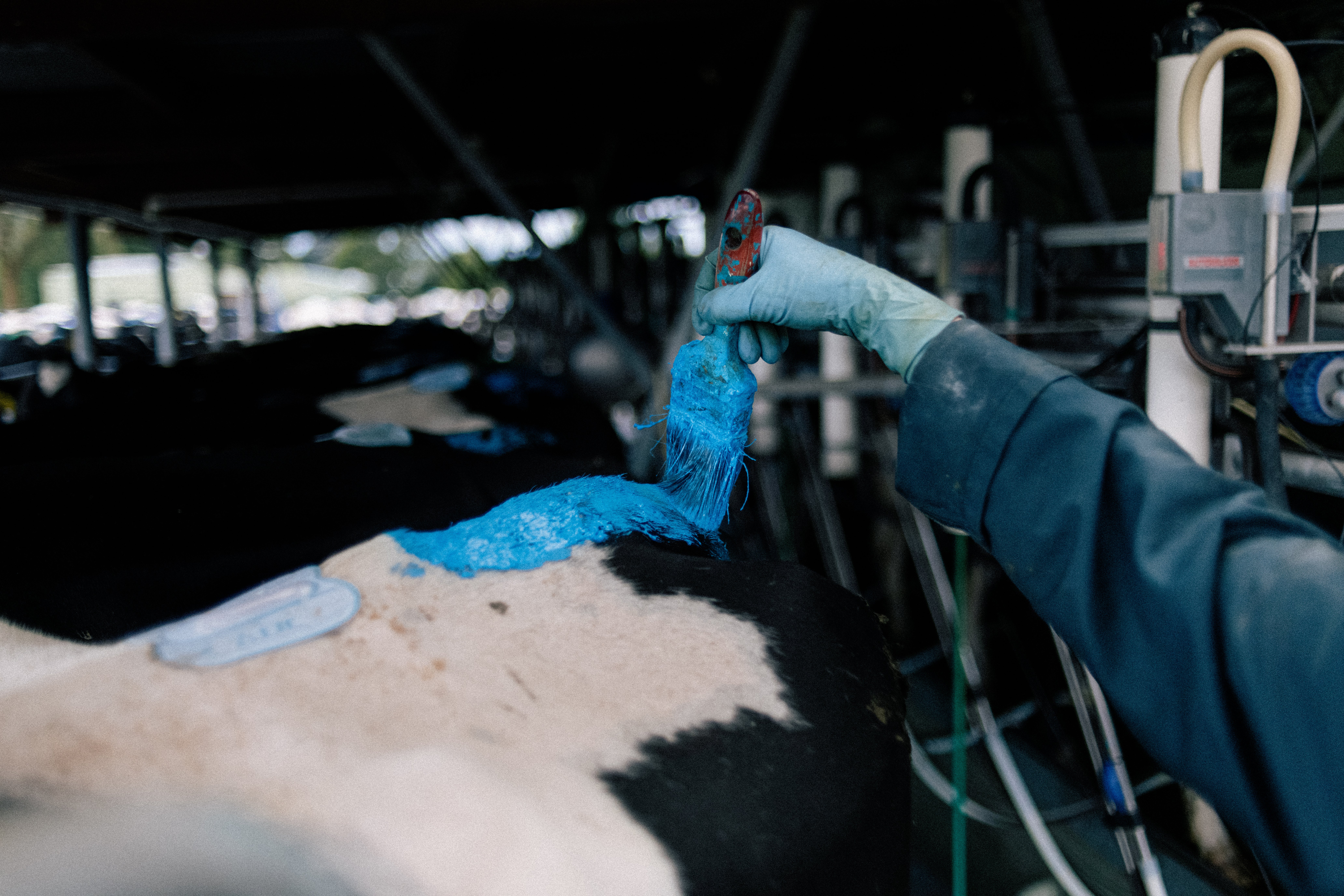
George Moss walks through a landscape dotted with grassy knobs of volcanic rock, following a herd of cows meandering along a dirt trail to pasture after their second milking of the day.
His pedigree cows in Tokoroa rank among New Zealand’s most productive cattle, the result of careful breeding and quality grazing land. Millions of years of volcanic activity in the area have created rich soils ideal for this kind of free-range, grass-fed farming, helping turn dairy cows into the country’s biggest export earners.
But the digestive processes of the livestock – basically, their burps – emit methane, a powerful greenhouse gas, and as a result, agriculture makes up half of the country’s emissions. Now, the island nation, dubbed the Saudi Arabia of milk for its dominant role in the global dairy trade, faces a reckoning over how to balance the outsize contribution that ranchers make to the economy against New Zealand’s need to meet its greenhouse gas pledges.
In his younger days, Moss says he found ways to explain away farming’s impact on the planet. The effects of climate change were all part of a natural cycle, his thinking went. Now, the reality is unavoidable.
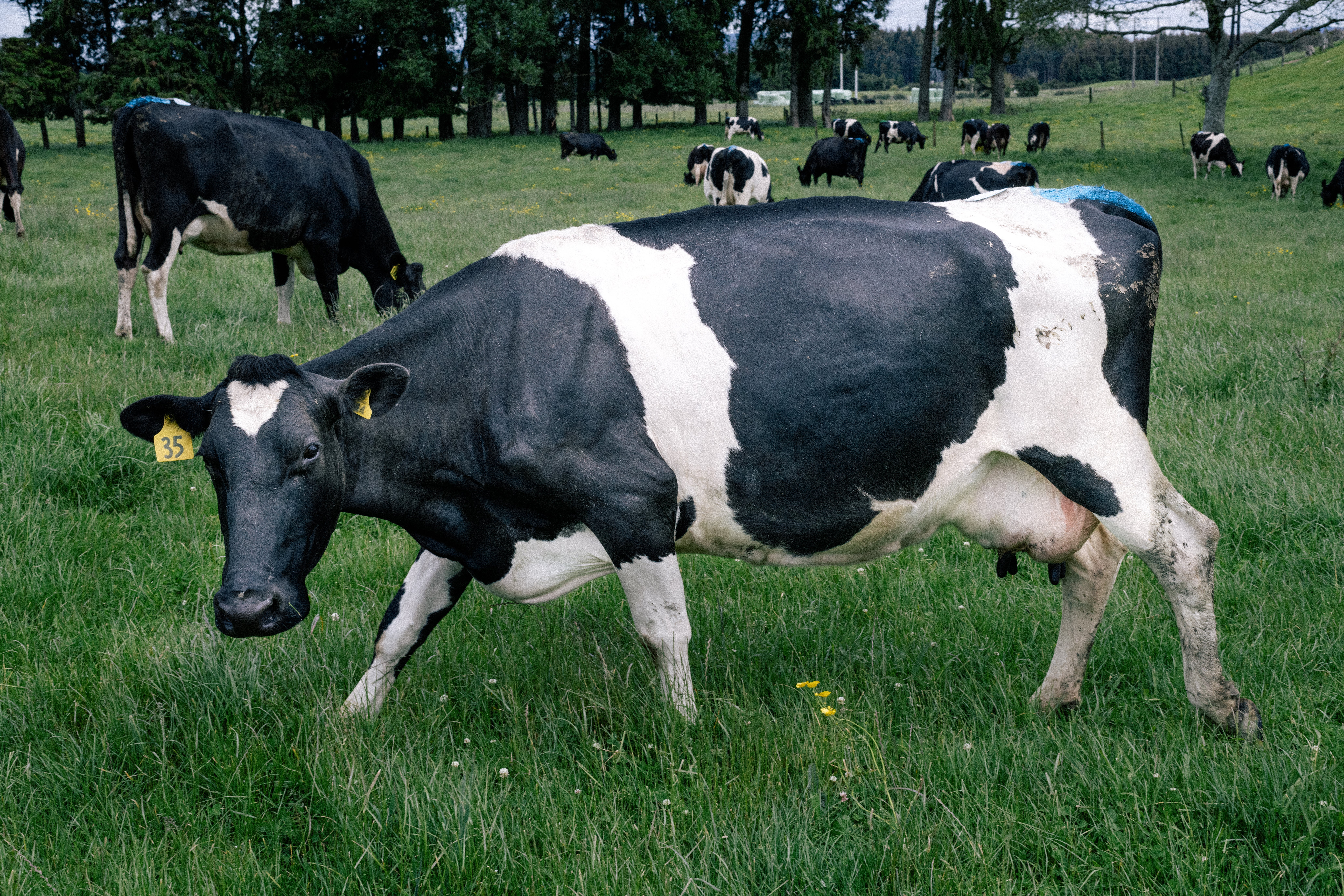
“They’ll eat hard for the next hour, hour and a half and then they’ll just stand around and burp,” Moss says one afternoon in late November. He watches his cows yank up mouthfuls of long grass.
Last year, New Zealand – which has pledged to reach net-zero carbon dioxide emissions by 2050 – proposed a first-in-the-world tax on cow emissions. The levy will depend on factors including the number of animals kept, the size of the farm, the type of fertiliser used and steps farmers take to reduce their emissions. It’s expected to reduce the amount of methane New Zealand’s livestock release into the atmosphere by as much as 47 per cent by 2050.
Some farmers will need to reduce their herds to meet those targets, which many worry could drive them out of business. Government modelling suggests that by 2030, sheep and beef revenue would drop by around 20 per cent – making many farms non-viable.
Opponents of the proposal say it will shift agricultural production to countries less efficient at making food, increasing global emissions
The clash between the agriculture industry and government efforts to reduce emissions is playing out around the world. About a third of all human-caused global greenhouse gas emissions are linked to food. The largest share comes from agriculture and land use – including methane emitted by the planet’s 1.5 billion cows and other livestock, nitrous oxide from fertilisers and carbon dioxide from clearing forests for farmland. The UN Intergovernmental Panel on Climate Change notes that one way to reduce food emissions is to stop consuming so many animal products – a shift that New Zealand and other nations reliant on animal-based exports hope to avoid.
Livestock overall accounts for about 15 per cent of global greenhouse gas emissions, according to the UN Food and Agriculture Organisation. A 2020 report published by Greenpeace suggested that livestock production in Europe produced more greenhouse gases each year than all the bloc’s vans and cars, when the impact of the animals’ feed is taken into account. The UN agency said recently that how long animals live and how productive they are can have a “significant impact on emissions” – although there’s no standardised measure that can be included in national climate commitments.
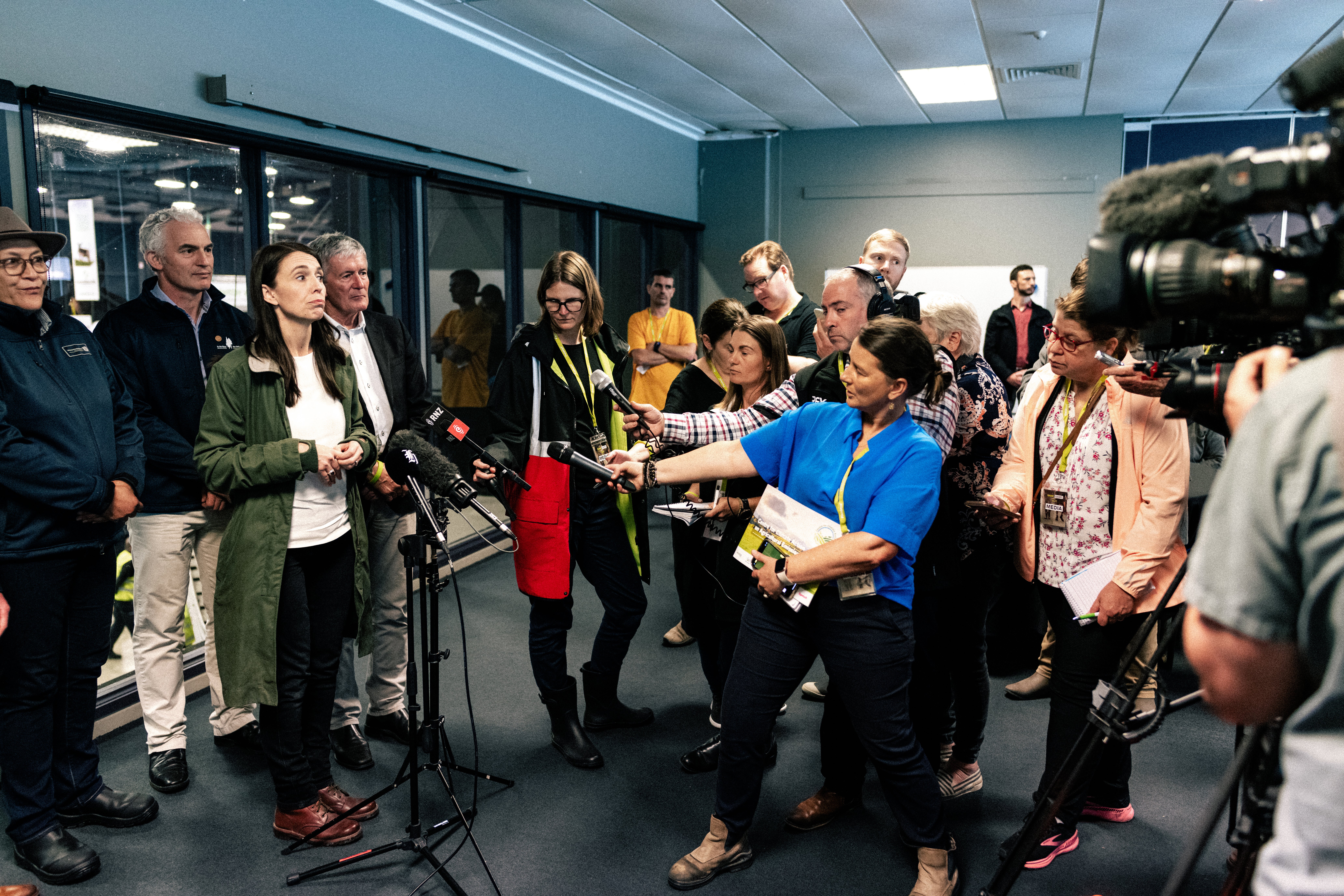
When she was New Zealand’s prime minister, Jacinda Ardern argued the tax would help New Zealand become carbon neutral and preserve the clean, green image of its farm products among global consumers. New Zealand food exports have grown 39 per cent since 2017, according to Ardern, based largely on the commercial appeal of its animals being raised on pasture, away from the factory farms that have fuelled a growing anti-dairy movement globally.
“If we are to maintain our position, and we do hold this position proudly, as some of the most sustainable food producers in the world, then we have to really lead the charge on the next steps,” Ardern said in November, speaking in front of a milk tanker at a national agricultural show. “The rest of the world is waiting for us to show them how it’s done.”
Still, not all local farmers are sold on the idea.
Opponents of the proposal say it will succeed only in shifting agricultural production to countries less efficient at making food, increasing overall global emissions.
The day of Ardern’s announcement, the nation’s biggest dairy export cooperative, Fonterra, announced it was partnering with Nestlé in a bid to develop a commercially viable dairy farm with net-zero carbon emissions.
“It’s the greatest race, you’re Team New Zealand,” Ardern said, gesturing toward the farmers involved in the pilot, eliciting laughter from the gathered crowd. “No pressure. Go out and win this.”
A tough sell
New Zealand isn’t the only country grappling with agriculture’s big climate footprint, or the difficulties in convincing a powerful multibillion-dollar industry that the trade-offs of addressing human-caused climate change are worth it.
A Netherlands proposal to drastically reduce nitrogen oxide emissions, another potent and long-lived greenhouse gas, has sparked an uproar. The plan, which would result in reduced animal numbers for many farms, prompted some ranchers to drive their tractors to The Hague in protest. Belgium plans to buy out some farmers, while the European Union in April unveiled anti-pollution legislation intended to curb nitrogen, sulphur and other gases, including those from large poultry and pig farms.
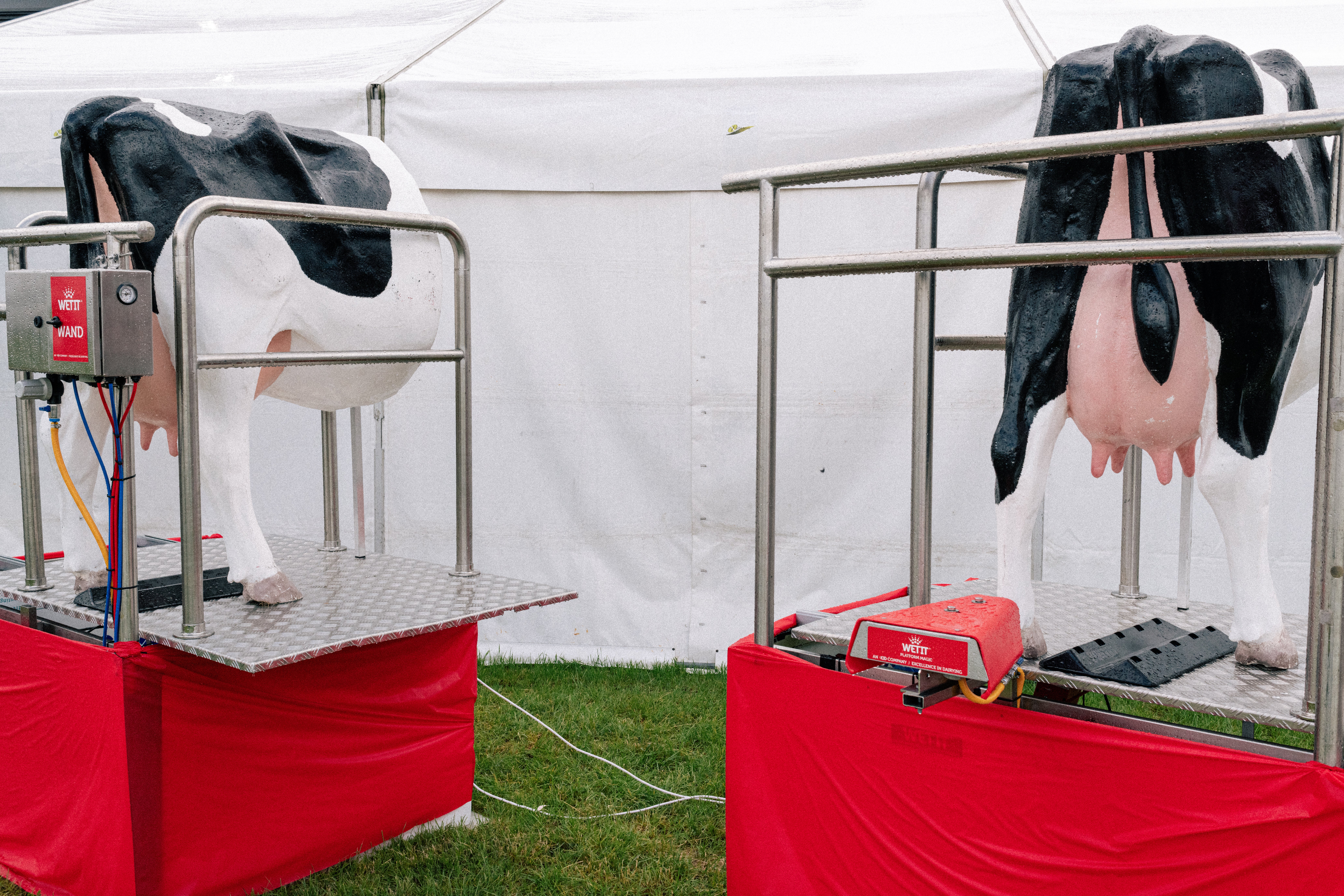
Farm groups in New Zealand want to help set the price of the agriculture levy and are pushing for ways to offset the costs. Some worry the proposal will disproportionately hurt sheep and beef ranchers, and indigenous Māori who own up to a quarter of those farms, often on marginal land.
Already, some New Zealand ranchers are selling their land to property developers and forestry investors keen to cash in on so-called carbon farming. New Zealand is the only country to allow fossil fuel emitters to offset 100 per cent of their emissions through growing trees, which absorb carbon dioxide. Farmers are also under pressure from rising gas prices and interest rates, along with stricter regulations on water use. For some, the proposed agriculture levy is the last straw. Lobby group Groundswell New Zealand helped organise dozens of protests in towns and cities across the country in October, when the plan was unveiled.
But the turnout was small, which could reflect shifting societal views around climate change. Most New Zealanders say they would make some or a lot of changes to how they live and work to combat the effects of the climate crisis, according to a 2021 survey by the Pew Research Center.
Compounding the problem, the verdant pastures many New Zealand farmers rely on to feed their livestock are also threatened by a warming planet
New Zealand has been here before. The idea of taxing farmers over livestock methane was first floated 20 years ago, prompting fierce backlash. One rural lawmaker, Shane Ardern – a distant cousin of the former prime minister – drove a tractor up the steps of parliament in protest. Another lawmaker led two cows up the chamber’s speckled granite steps. A pile of cow dung left in their wake perhaps summed up the political mood toward the proposal, which was ultimately abandoned.
Speaking to farmers at November’s exhibition, New Zealand’s agriculture minister, Damien O’Connor, appealed to their concern over extreme weather.
“Many of you will have been around the world. That’s when you start to pick up on the signals of climate change. The floods in Florida. The wildfires in California. The droughts in Europe. People are scratching their heads and wondering: What next?” he said.
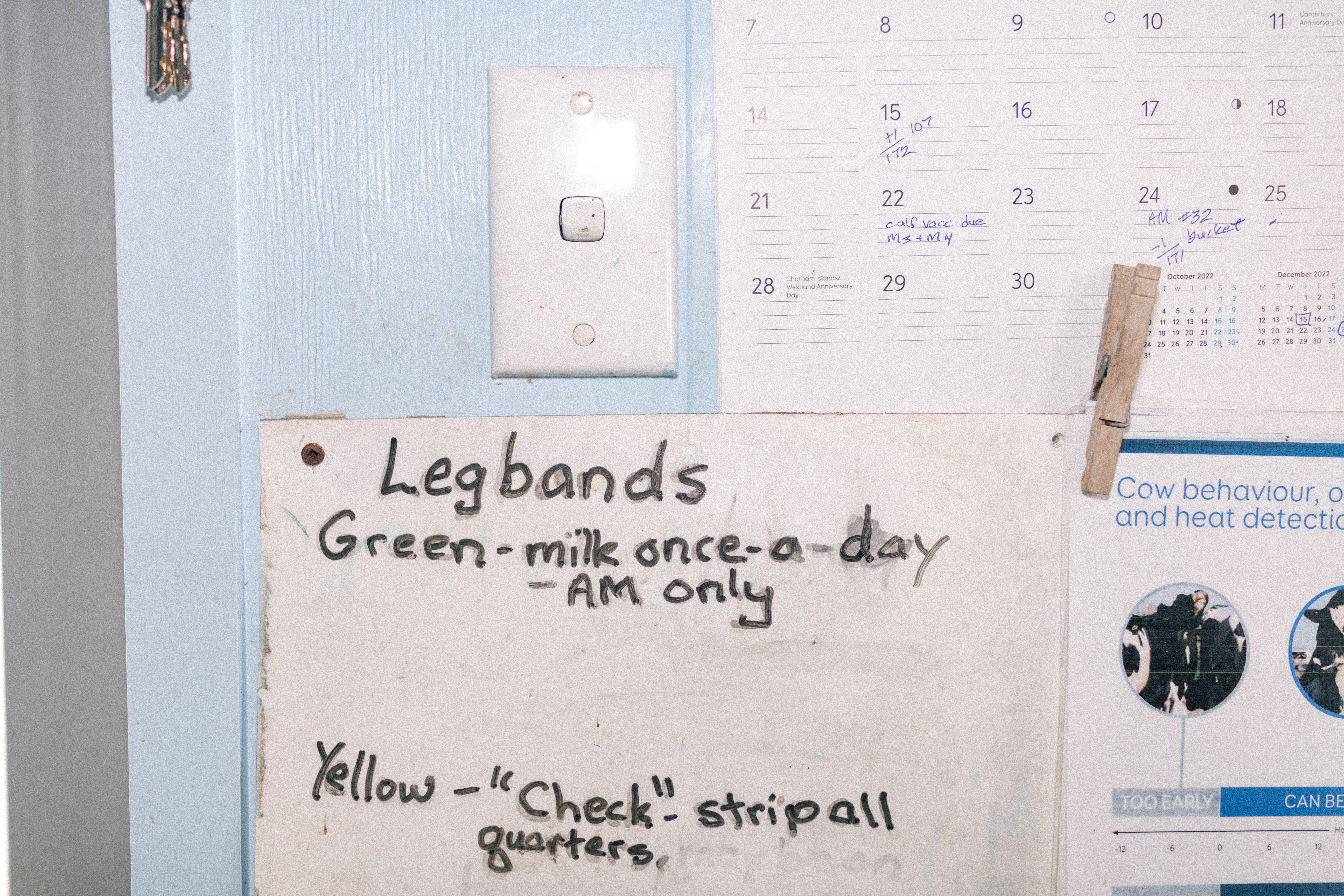
He referred to the nation’s legacy, driving a need to “keep up with international trends”.
“We have been, because of our ancestors’ efforts and commitments, put in a privileged position of being the most efficient dairy farmers in the world,” he said. “It won’t just stay that way.”
New Zealand’s centre-left government – which announced Chris Hipkins as Ardern’s replacement in January – has been trailing in opinion polls ahead of this year’s national elections.
In December, the government unveiled a revised proposal that recommended keeping the initial levy low and fixed for five years to give farmers time to adjust. It also proposed that industry representatives have some oversight of levy rates and how the funds are used. The government has said all money raised by the tax in 2025 would be reinvested in research, as well as incentives for farmers struggling to reduce the methane contribution of their herds.
Most of the current global science to help curb methane emissions focuses on changing what animals eat. Bill Gates recently invested in an Australian company that is aiming to feed seaweed to cows to slash the amount of methane that grass-eating animals burp into the atmosphere. Such options might work for feedlot cattle in places like Australia and the United States, but not for sheep and beef cattle that graze on vast, mountainous ranches, and rarely come into contact with humans – as is the case for many farms in New Zealand.
I keep saying to farmers: time is your biggest ally. If you wait till the last moment, you’re going to have a quantum shift
Compounding the problem, the verdant pastures many New Zealand farmers rely on to feed their livestock are also threatened by a warming planet. Subtropical grasses bred to withstand rising temperatures and drought conditions have an unwelcome side-effect: cows that eat them burp even more methane into the atmosphere than those on a diet of traditional rye grasses.
Fonterra is working on a product called “Kowbucha” that it says could reduce the “bad bugs” in cows’ stomachs that generate methane. But that also requires regular dosing. Other technological solutions such as methane-inhibiting vaccines are years away from being commercially available.
“I do see lots of promise in the science, but it’s probably all coming between 2030 and 2040. And we’re going to have this price that could well force a number of farmers to exit the industry by 2030,” says Andrew Hoggard, the Federated Farmers president.
Skeptic to climate warrior
Moss, 63, a grizzled old hand of the dairy industry, started out 40 years ago as a sharemilker – milking a dairy farmer’s cows for a profit share. He and his American wife, Sharon, who came here on a farm exchange in her early twenties and never left, eventually worked their way up to running their own farm.
“When we first started farming, it wasn’t even part of the discussion,” Moss says of climate change. “Sharon and I, we wanted to be outside. We wanted to be with animals.”
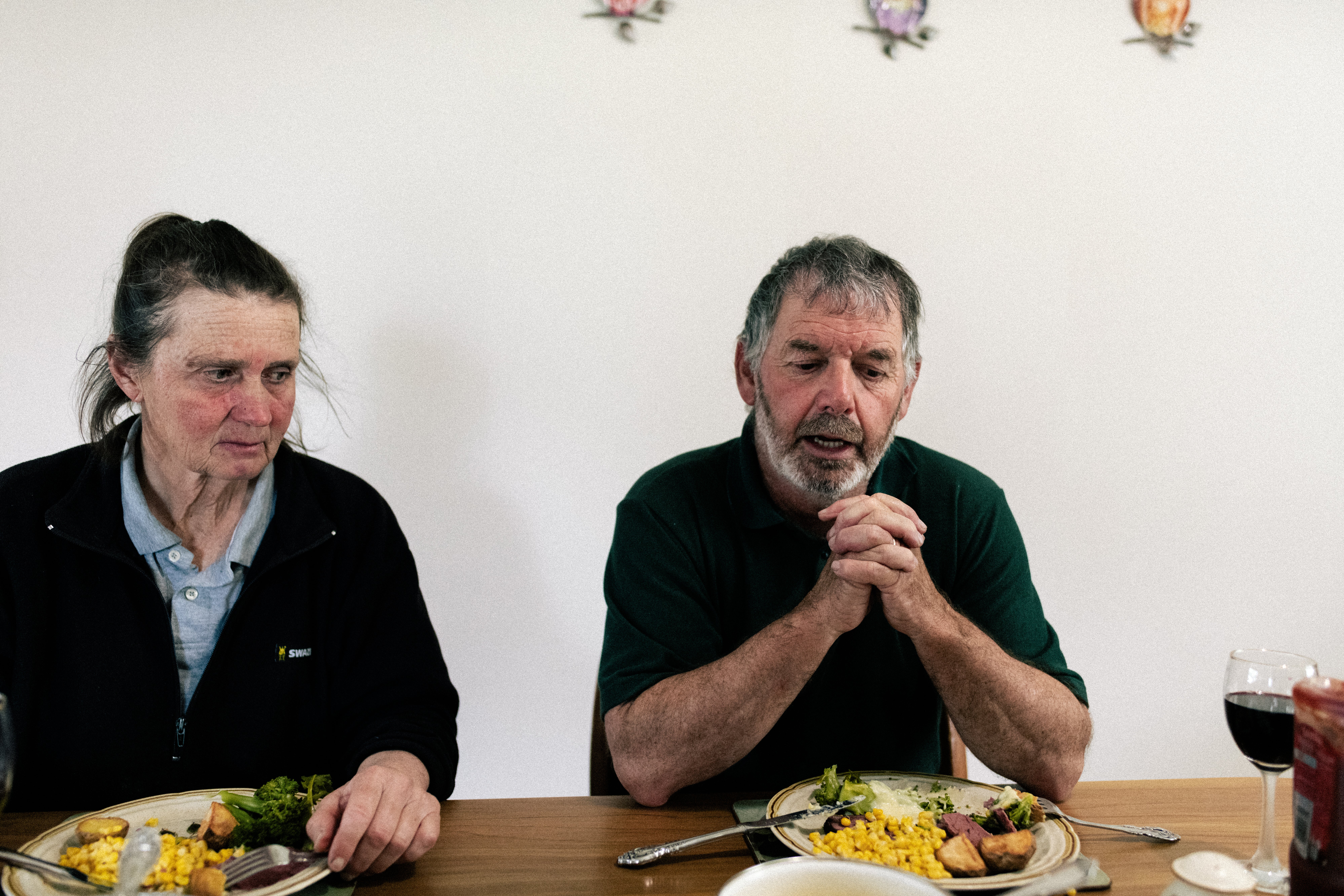
But in the early 2000s, his attitude shifted when he began working to reduce the amount of nitrate from livestock urine that was leaching from the soil into fresh waterways. At the time, there was a growing awareness of its ecological impact. Working to reduce nitrous oxide, another warming pollutant, his interest in climate change grew.
It became harder to ignore the obvious climate shifts, he says, which saw the couple go from asking: “When is it going to stop raining?” to “When is it going to rain again?”
A self-described “numbers person,” Moss says his “lightbulb moment” on methane came around 2018 when he realised that by analysing the productivity of each cow, and culling those that didn’t make the grade, he could reduce his herd size – and climate footprint – without hurting profitability.
“It costs a lot of money to keep a cow alive,” Moss says as he slices into a dish of corned beef from cattle reared on his farm.
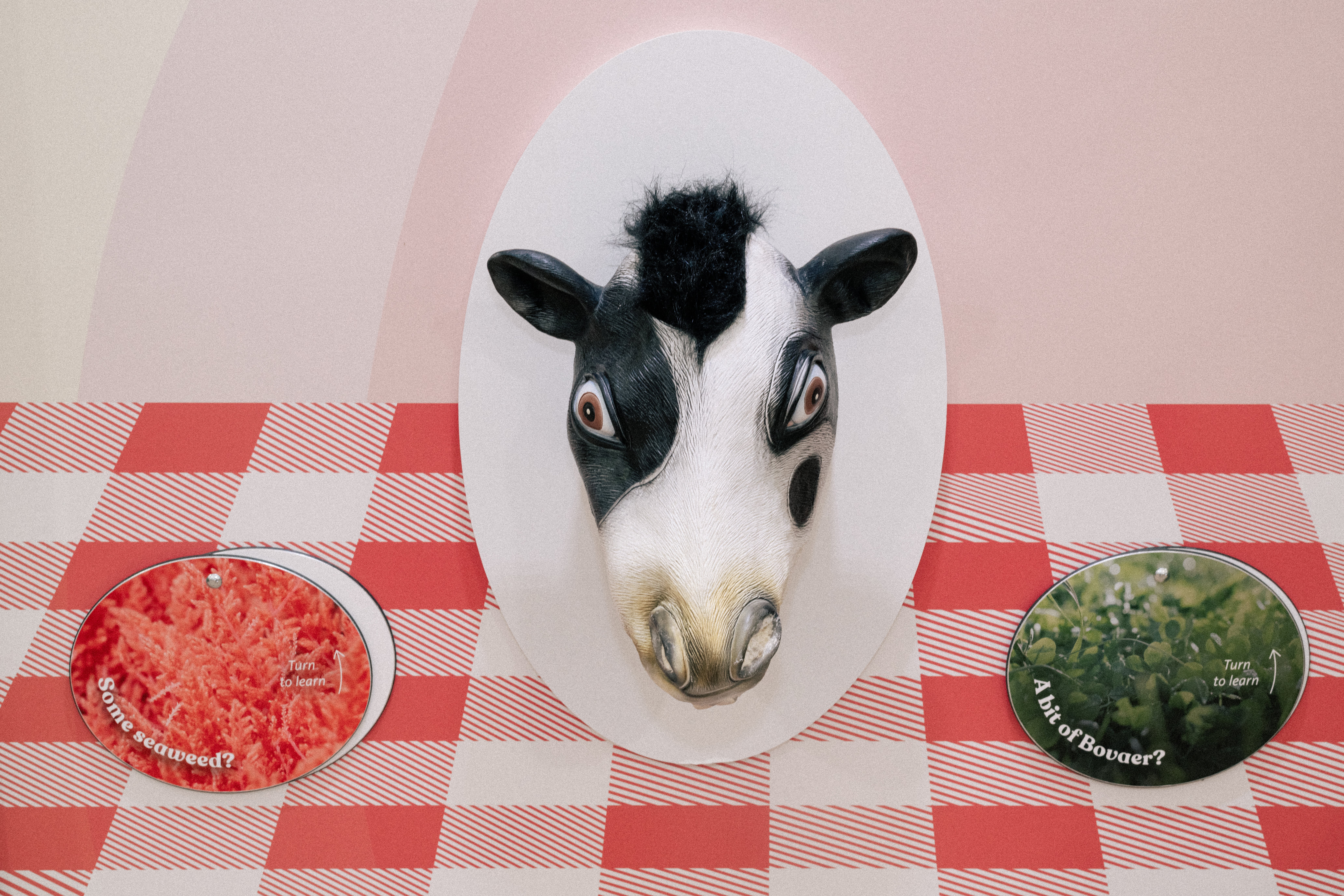
Nowadays, genomic testing can help farmers decide which calves to raise based on a prediction of their breeding worth – an index used to rank cows and bulls based on how efficiently they convert feed into profit.
It’s an uphill battle, though, in part because global warming is fuelling drought in New Zealand. After several years of cutting greenhouse gas emissions, Moss says his numbers went up last year – partly because of a drought. The Waikato area where he farms recorded its driest decade on record from 2011 to 2021.
At the agricultural show in November, he spent a day staffing a booth designed to help farmers grapple with coming climate challenges. He was approached by one disgruntled old farmer who said he didn’t own a computer and didn’t know how he would collect any data to be used by the government to calculate his agricultural emissions. Moss hopes he can push others to embrace change at a faster pace.
“I keep saying to farmers: time is your biggest ally,” he says. “If you wait till the last moment, you’re going to have a quantum shift.”
© The Washington Post






Join our commenting forum
Join thought-provoking conversations, follow other Independent readers and see their replies
Comments